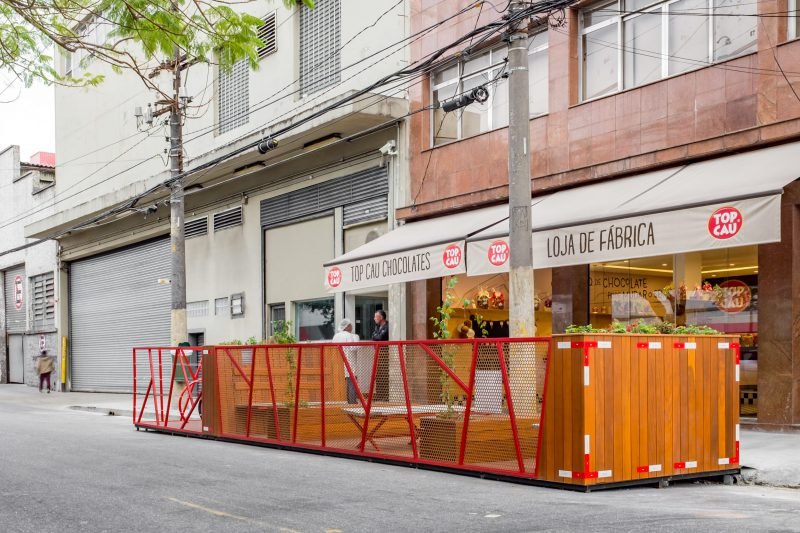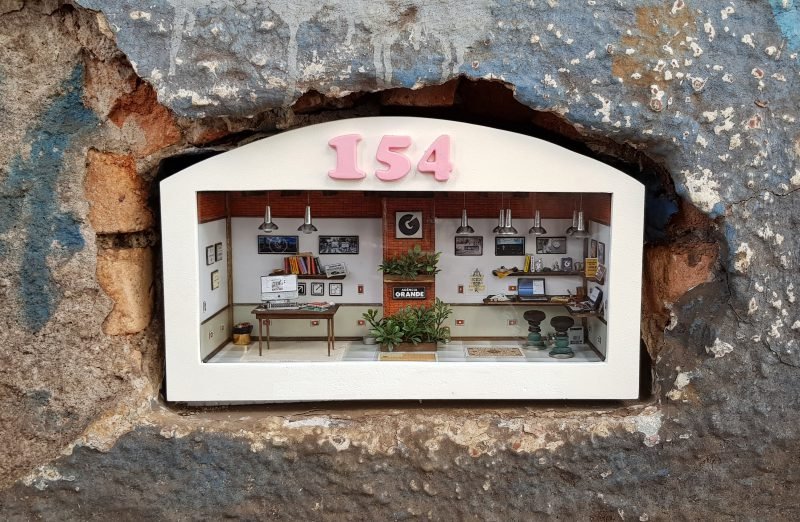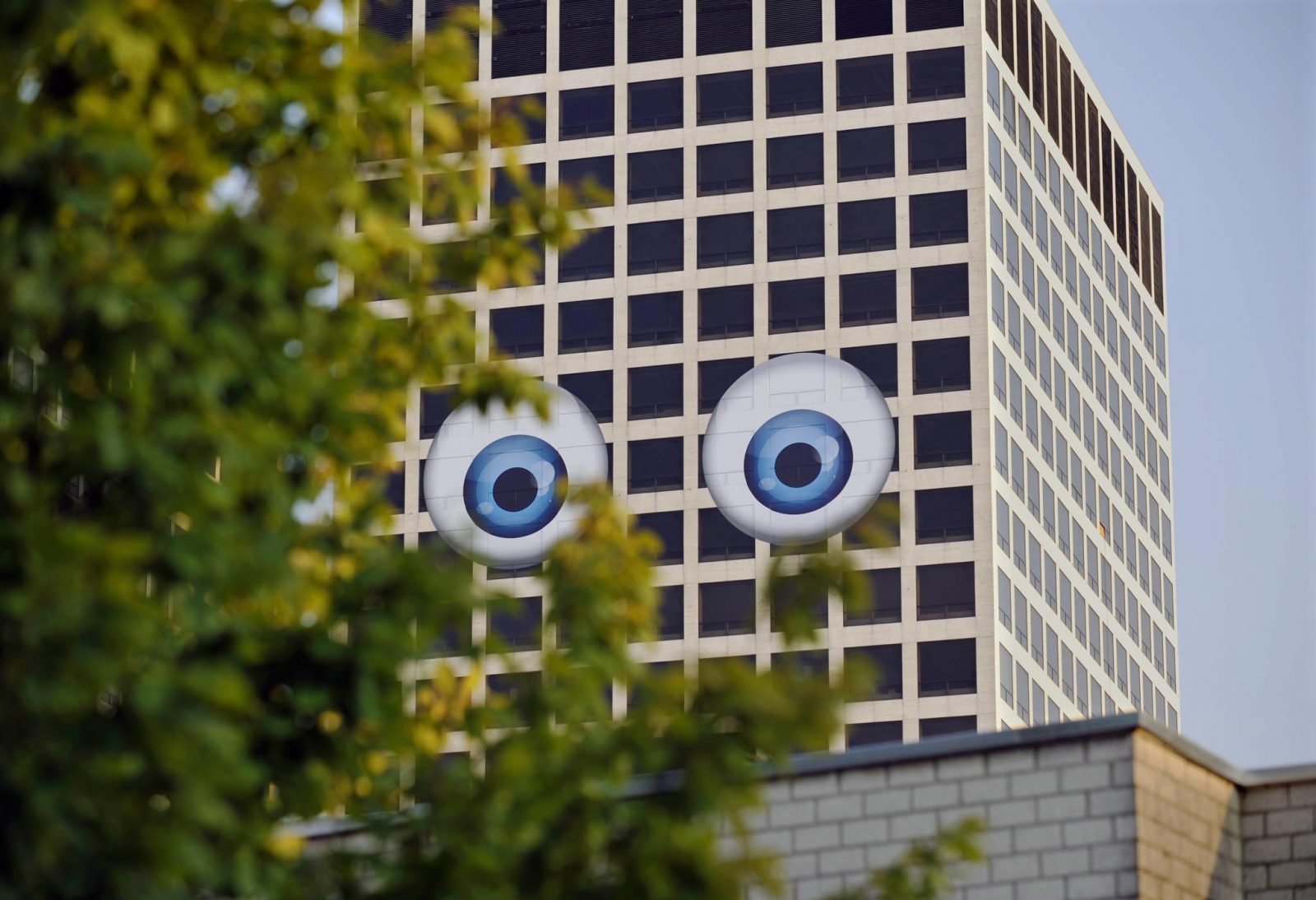The Hanging Garden Of São Paulo
When art meets nature, in any of its shapes, I am always happy to spend some time of my researches on the results of this evergreen union. The project Margem Arte Publica (realized by Itaú Cultural and curated by the architect Guilherme Wisnik) saw different Brazilian cities, and their suburbs in particular, as new theaters of urban interventions. River sides, often close to big roads or highways, are a typical example of the forgotten areas of the cities in question. In this context, Hector Zamora was asked to contribute to the project Margem, for which he created a sort of flying garden above the Tamanduateí river in São Paulo.

His installation entitled ‘Errante’ (ever moving, like the Brazilian city itself), consists of a series of raised trees in a 200 square meters area of the river. Thanks to steel cables and an iron structure, the artist managed to build a hanging garden in a neglected zone of the city, looking for the contrast between the trees and a part of São Paulo without any trace of nature, where wild urban development has ruled for years. That is why the artist chose this part of the metropolis, because of its inner conflict — an area where green has apparently been forgotten, but that indeed possesses an intense human vitality.
The work of the Mexican artist, who is now based in Brazil, is known for his use of floating structures and weightless public installations which aim to involve citizens and to shed lights on forgotten places or problems of contemporary urban life.



